Ecology and Biota of the Liesbeek River
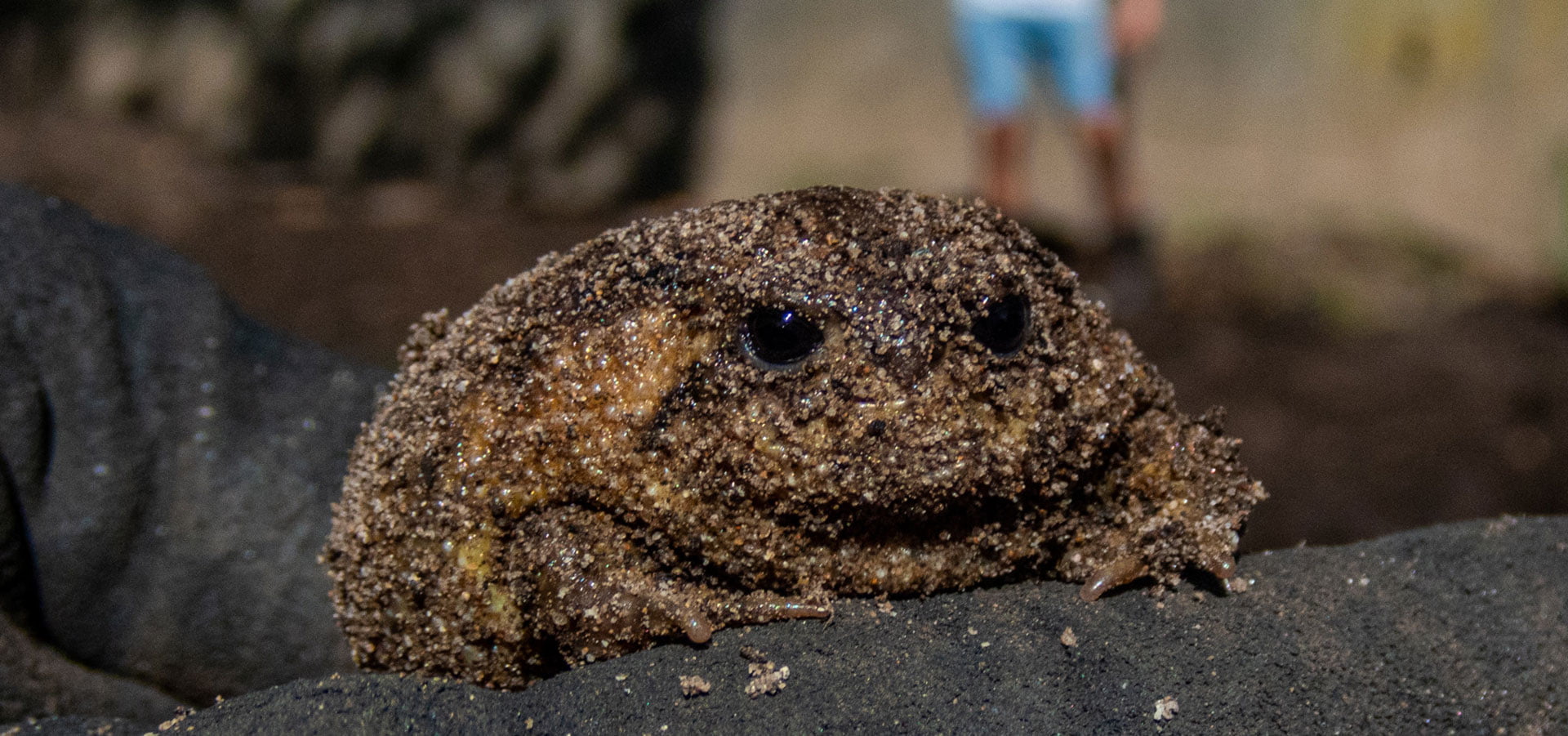
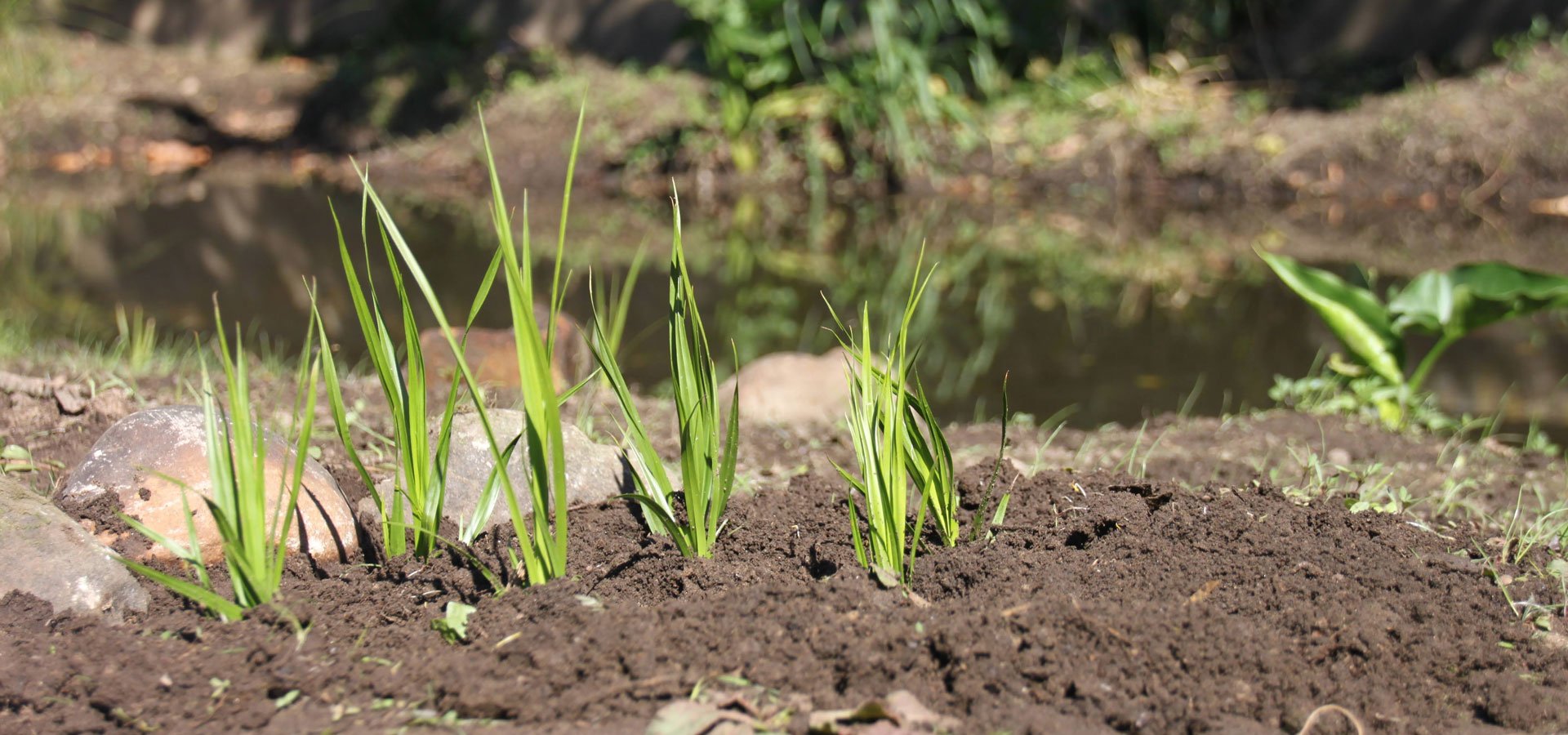
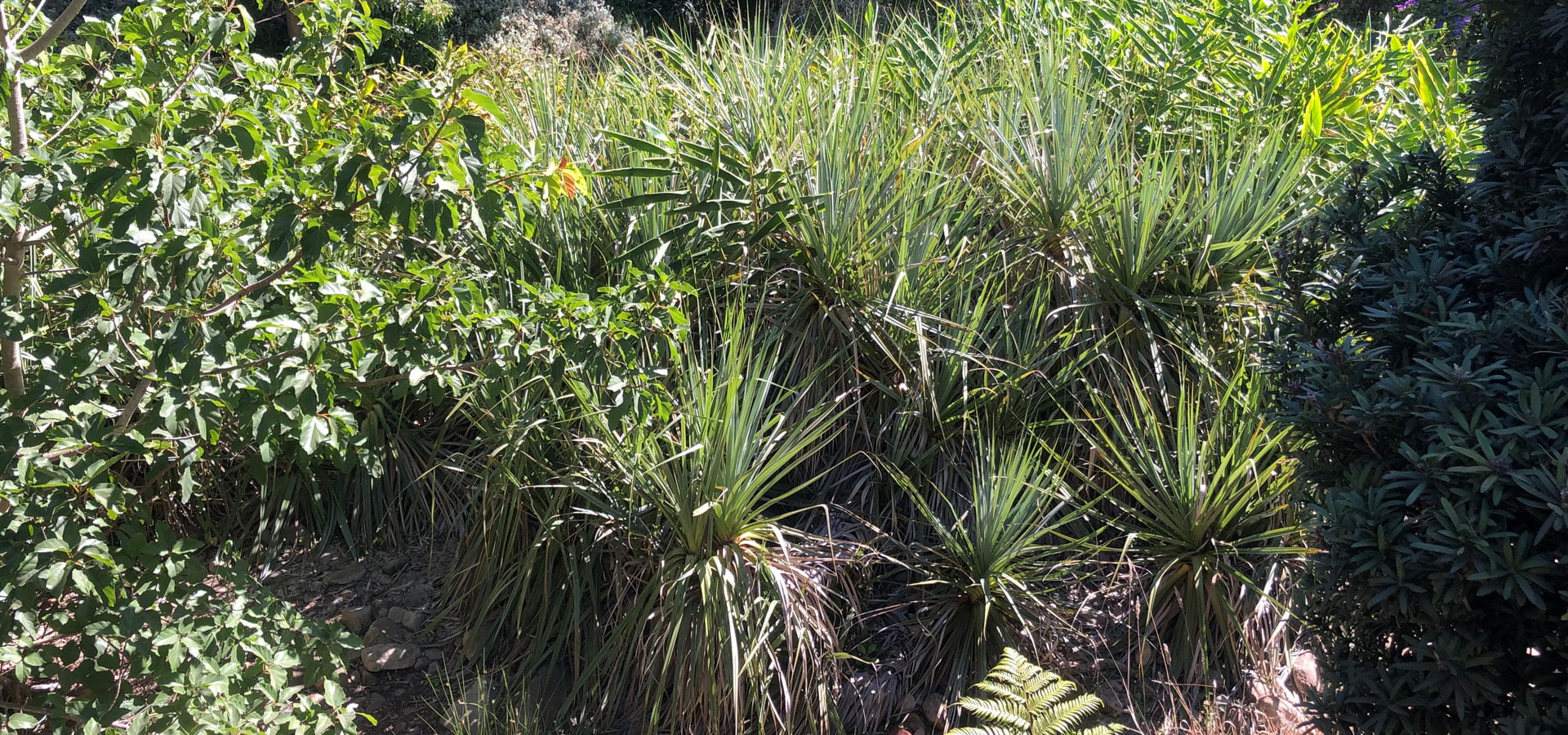
Liesbeek Fauna
During the pre-colonial era (pre 1652), the Black and Liesbeek Rivers flowed into the Salt River and together with the Diep River from the north, they created an extensive marshland around Paarden Island. The Cape lion hunted here and early travellers also describe hippos, elephants, Cape buffalos, antelopes and zebras grazing along the banks of the Liesbeek River. During pre-colonial times the indigenous people, the Khoikhoi, were dependent on rivers for their survival. Yet the environment of the Liesbeek was virtually undisturbed before the arrival of the Dutch.
Today, although the river has been transformed by urbanisation, it still plays host to a number of species. The Liesbeek River originates in the Protea and Window streams that flow down from Table Mountain and through Kirstenbosch gardens. These upper reaches of the river still remain in a pristine and undisturbed state. These parts of the river in particular are home to many species of frog, including the Table Mountain Ghost Frog, seen on the east slopes of Table Mountain in dark gorges. The frogs are distinctive for the suckers on their feet and Velcro-like skin that allows them to cling on to the steep rock faces and not to be washed away; the tadpole has a sucker mouth for the same reason. In Observatory, the most northern and western breeding population of Western Leopard Toad is found. This is a species now almost entirely confined to isolated sites all within the municipal boundaries of the City of Cape Town. Other frogs include: Micro Frog, one of the smallest in the world; the Cape Rain Frog; the Leopard Toad; the Chirping Frog; and the Cape River Frog – known for its indiscriminate and voracious eating habits, it even eats its own kind.

While the megafauna of the pre-colonial era are now extinct in most of the city, species like the Cape Clawless Otter have still managed to find habitat in parts of the river. The Liesbeek river is a living example of the potential of even transformed ecosystems to provide habitat for a range of species, and the benefits of further restoration.

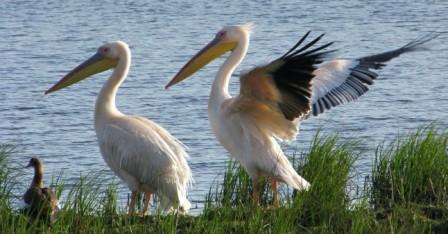
We need YOUR help!
Please help by reporting these listed invasive species if you see them:
Lythrum salicaria (Purple Loosestrife)
Iris pseudachorus (Yellow Flag Iris)
Eichhornia crassipes (Water Hyacinth)
Pontederia cordata (Pickerel Weed)
You can also help by planting (or donating) plants endemic to our river. Look out for these beauties and enjoy them contributing to biodiversity along the river:
Prionium serratum (Palmiet)
Aponogeton distachyos (Waterblommetjie – yes! Like the bredie)
Kniphofia uvaria (Red-hot Poker)
Erica verticillata (Whorled Heath – read the incredible story of saving this plant from extinction here)
Podalyria sericea (Silver Sweetpea)
And visit our Friends of Friends to learn about our incredible plant diversity and how you can help it to thrive:
FynbosLife (Indigenous nursery and font of knowledge about local fynbos!)
Friends of Tokai (Fellow Cape endemic species restorers)
Stellenbosch University Botanical Garden (This is a small, hidden treasure-trove of restoration and ideas)
Friends of Rondebosch Common (Likeminded hardworking volunteers, doing their thing!)
Liesbeek Fauna
During the pre-colonial era (pre 1652), the Black and Liesbeek Rivers flowed into the Salt River and together with the Diep River from the north, they created an extensive marshland around Paarden Island. The Cape lion hunted here and early travellers also describe hippos, elephants, Cape buffalos, antelopes and zebras grazing along the banks of the Liesbeek River. During pre-colonial times the indigenous people, the Khoikhoi, were dependent on rivers for their survival. Yet the environment of the Liesbeek was virtually undisturbed before the arrival of the Dutch.
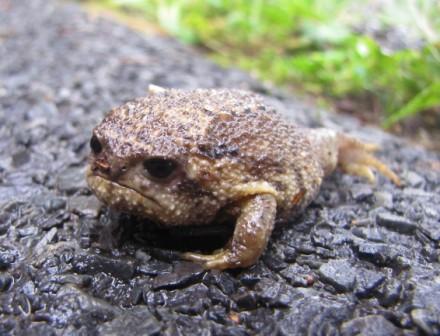
Today, although the river has been transformed by urbanisation, it still plays host to a number of species. The Liesbeek River originates in the Protea and Window streams that flow down from Table Mountain and through Kirstenbosch gardens. These upper reaches of the river still remain in a pristine and undisturbed state. These parts of the river in particular are home to many species of frog, including the Table Mountain Ghost Frog, seen on the east slopes of Table Mountain in dark gorges. The frogs are distinctive for the suckers on their feet and Velcro-like skin that allows them to cling on to the steep rock faces and not to be washed away; the tadpole has a sucker mouth for the same reason. In Observatory, the most northern and western breeding population of Western Leopard Toad is found. This is a species now almost entirely confined to isolated sites all within the municipal boundaries of the City of Cape Town. Other frogs include: Micro Frog, one of the smallest in the world; the Cape Rain Frog; the Leopard Toad; the Chirping Frog; and the Cape River Frog – known for its indiscriminate and voracious eating habits, it even eats its own kind.
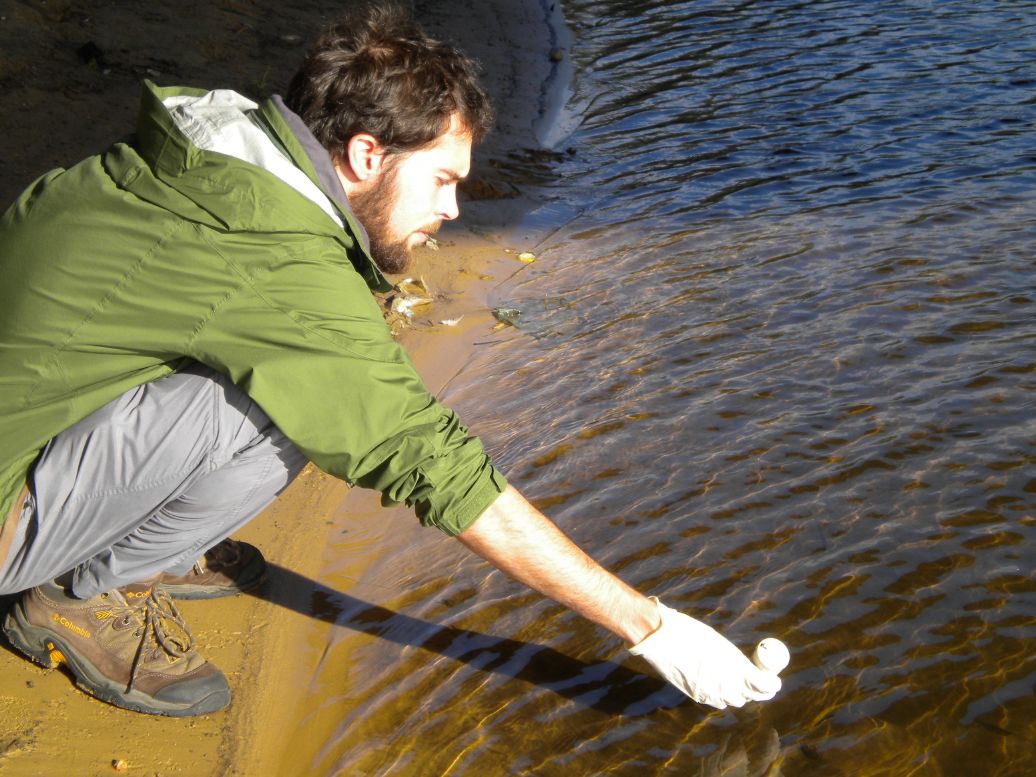
A 2017 study of the river and its broader catchment recorded 95 species of birds, though a total of over 120 are known to occur in the area. The upper reaches of the river contain riparian forest that contains species like African Paradise Flycatchers, Sombre Greenbuls and African Goshawks. Even though much of the middle reaches of the river are canalised, species like African Black Duck and Giant Kingfishers have still been recorded in these concrete channels. The lower reaches of the river and its floodplain contain a whole array of waterbird species such as Malachite Kingfishers, Great White Pelicans and White-faced Whistling Ducks.
While the megafauna of the pre-colonial era are now extinct in most of the city, species like the Cape Clawless Otter have still managed to find habitat in parts of the river. The Liesbeek river is a living example of the potential of even transformed ecosystems to provide habitat for a range of species, and the benefits of further restoration.